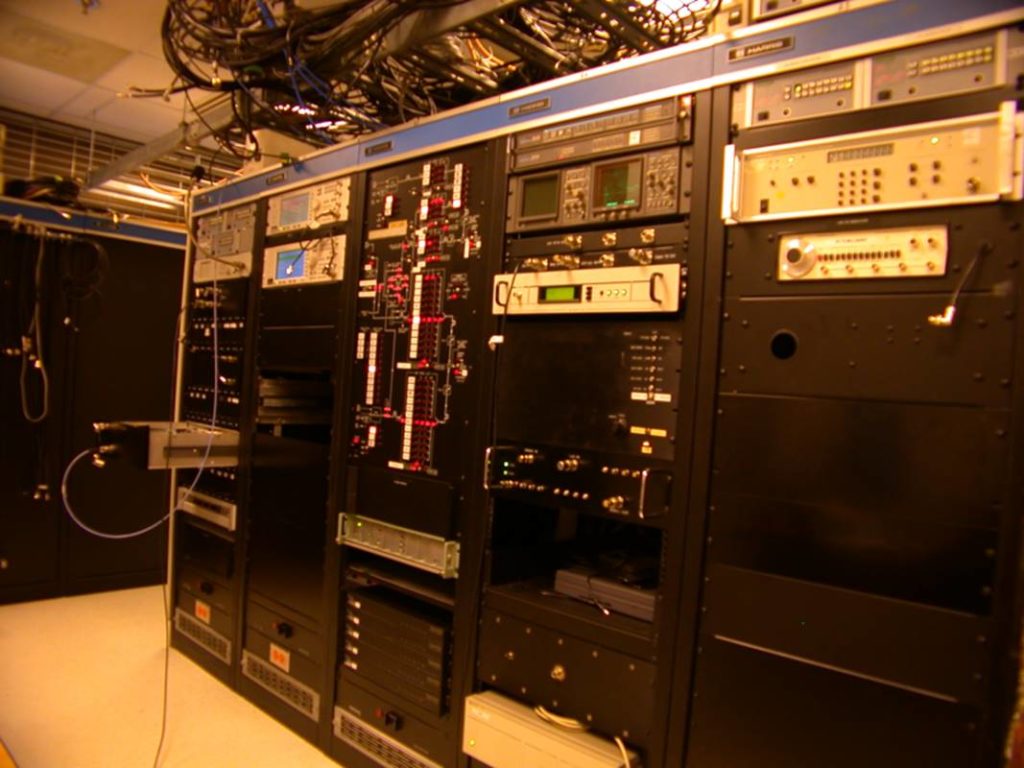December 1999.
I’m sitting in Alexandria, VA in the world’s premiere laboratory for High Definition TV (HDTV) testing.
The team of Japanese engineers has just left. The Korean engineering team is scheduled to arrive the next day. And this stupid little set-top-box can’t receive any HDTV signals. The TV screen is full of errors. The box works perfectly when it’s connected to our lab test bed. It doesn’t work at all when it’s connected to the antenna on our roof? Why?
You could probably list a hundred different engineering reasons, and they would all be technically accurate. But, more fundamentally, the little box didn’t work because every prominent TV engineer in the United States had vastly underestimated the complexity of the real-world. The world’s best TV engineers had built a TV test bed that could not even come close to emulating all of the crazy propagation conditions and interference that occur to HDTV RF signals as they fly through the ether. The RF signal arriving at the roof antenna was impaired in ways that could never be duplicated by the lab test bed sitting to my right.

OK, maybe I’m being a little harsh on the world’s most prominent TV engineers. In 1999, you could barely digitize a 6MHz wide RF signal, and digital “RF channel simulators” were still a fanciful dream. They did the best they could with what they had – which was racks and racks, and miles upon miles, of coaxial cable. They used these long coaxial cables to create delay lines in an attempt to simulate real-world multipath interference. It didn’t work all that well. But, they tried.
The hard reality was that HDTV in the United States was at a major crisis. It didn’t work. It wouldn’t work. All of the models and predictions about HDTV propagation in the VHF and UHF bands were wrong. The FCC started getting antsy. They launched studies. Lobbyists were hired. People took hardened political positions. Would the US stay the course, or would we try a totally new physical RF layer for HDTV? A major breakthrough, maybe even a miracle, was needed.
Enter RF Recording
It was about this time that someone in our lab got the idea that maybe we could and should record a real RF signal from the roof antenna and send that recording to the hardware engineers in Japan and Korea. Or, better yet, maybe we could record a whole bunch of HDTV RF signals all around Washington DC and send an entire library of difficult and complicated HDTV RF signals to Asia. And that is exactly what we did.
In those days, you couldn’t record for very long. The equipment was incredibly expensive, and we could record for a maximum of only 23.9 seconds. Then we’d spend hours backing up the recording to Exabyte tape drives. But we made it work.
About a year or two later, after we had distributed a vast library of HDTV RF Recordings far and wide, the latest generation of HDTV set-top-boxes suddenly started to work! The engineers and demodulator algorithm designers were using our RF recording library to learn the true propagation conditions in the VHF/UHF bands. I guess in today’s language, you might think of it as an early form of machine learning. We didn’t think of it that way. We just concluded that engineers were better able to understand the real-world after looking at RF Recordings.
In the end, our fanciful little TV lab didn’t make it. We were snuffed out in 2003. But the legacy of RF Recording lives on. And all of that stuff we did at that lab in the early 2000’s is why you’re reading my blog post right now. I caught the bug. I love RF recording.